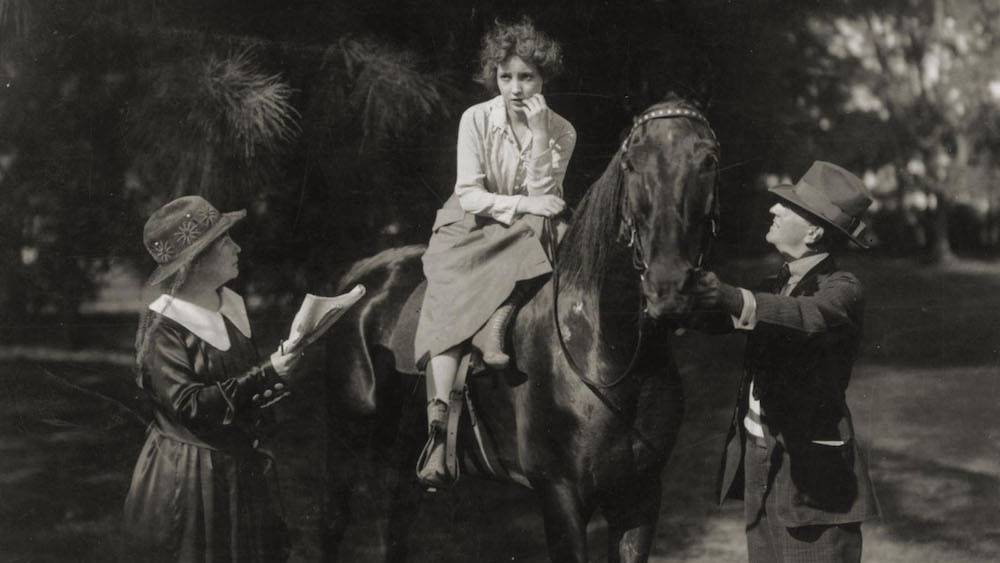Pamela B Green’s documentary on a pioneer woman filmmaker is a fascinating detective story. Although it has weaknesses, Green’s film successfully shows Alice Guy-Blaché to have been an important but neglected figure.
Co-producer Jodie Foster’s narration guides us through the story. Alice, despite writing and directing close to 1,000 short films, was airbrushed for many decades from film history. This engaging documentary – ironically – reveals her to have been the first director to move away from documenting real life, into telling stories. Green’s investigation shows that both Sergei Eisenstein and Alfred Hitchcock acknowledged her skills and technical innovation.
The film industry’s birth and early decades were a confusing and competitive time. But, in a way, this allowed more independent filmmaking than under the later studio monopolies. Alice’s career flourished when she became secretary to Léon Gaumont in Paris. She seized opportunities to make her own films, from The Cabbage Fairy (1896), and quickly became Gaumont’s head of production. A prolific writer, director and producer, she eventually moved to work in the US. She and husband Herbert Blaché established Solax Studios in Fort Lee, New Jersey, in 1910 – ‘Hollywood 1.0’, as a contributor calls it. Alice’s maxim for her staff was ‘Be Natural’.
The #MeToo present-day narrative leads us to want the film to confirm our suspicions of gender bias. And it’s a sound enough conclusion, especially in terms of film history writing and Alice’s disappearance from filmmaking in the 1920s. But the details of the investigation itself are also intriguing, with Green gallivanting across continents in search of surviving material and testimony. Archive interviews with Alice from 1957 and 1964 show frustration, that her films were apparently lost, and she herself forgotten. Green also uses an incredible (if slightly excessive) number of figures from the modern film industry. These mostly bemoan Alice’s neglect but also praise her work. Crisp editing aids the bustling pace of the film, along with animated maps and infographics. There are standout sequences, like the recreation of scenes in Guy-Blaché’s original locations. But there is also too much coverage of the investigation itself: the film doesn’t need its one-hour-forty-three-minutes’ length.
The big picture truth is that some 75% of silent films have disappeared, and the quality of scholarship on pioneer filmmaking has improved markedly from past sloppy work. Green does not give this information; nor does she refer to significant recent DVD compilations and re-releases. Guy-Blaché’s work features strongly in these, with 66 of her films in one recent collection. But apart from these gaps, Green’s passion and commitment make for an enlightening watch. This documentary adds greatly to our understanding of early film.
